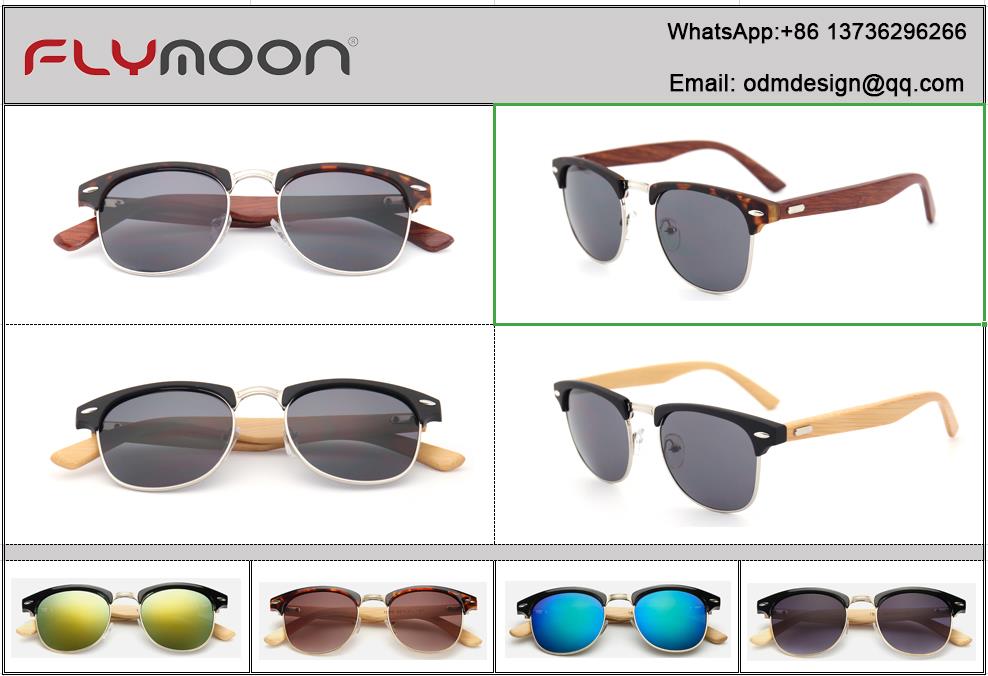

Polarized glasses for UV protection?
The polarizer is UV-resistant, but its protection is weak.
The primary function of polarized sunglasses is to protect against UV rays and filter polarized light. Good polarized sunglasses lenses can block the penetration of more than 90% of UV rays. Polarized sunglasses with the "UV400" optimal UV-blocking logo have the best UV protection.
The polarizer is a lens made according to the principle of polarization of light. It can remove and filter out scattered light in the beam, protect against ultraviolet light and filter polarized light. A good polarizer can achieve the color of the surrounding environment without distortion, the edge of the object is clear, can effectively identify the different color signal lights, reduce the ultraviolet light that shines into the pupil.
A polarizer is like a blind, but it shields part of the light, and still emits light (including ultraviolet light) that is substantially parallel to the polarization angle. The shielding rate is less than 50%. From the perspective of protection, it is equivalent to adding a layer of soft yarn to the window. , only partial occlusion. The biggest advantage of polarizers is that they block the interference of glare, make the visual effect clearer, and the UV protection is not as good as the reflective sunglasses and color mirror.
How to determine whether polarized sunglasses have UV protection
1, look at the label
Obvious signs such as "UV protection" and "UV400" are seen on UV-resistant sunglasses labels or lenses. The "UV index" is also the effect of filtering out ultraviolet rays, which is a very important criterion for purchasing sunglasses. Light with a wavelength between 286 nm and 400 nm is called ultraviolet light. Generally, a 100% UV index is impossible. Most sunglasses have a UV index between 96% and 98%.
Sunglasses with UV protection are generally indicated in the following ways:
(1) Mark "UV400": This means that the cut-off wavelength of the lens to ultraviolet is 400 nm, that is, the maximum value τmax (λ) of the spectral transmittance at a wavelength (λ) below 400 nm is not more than 2%.
(2) Labeling "UV", "anti-ultraviolet": This means that the cut-off wavelength of the lens to ultraviolet light is 380 nm, that is, its maximum value τmax (λ) of the spectral transmittance at a wavelength (λ) of 380 nm or less is not more than 2%.
(3) Labeling "100% UV absorption": This means that the lens has a function of 100% absorption of ultraviolet rays, that is, its average transmittance in the ultraviolet range is not more than 0.5%.
Sunglasses that meet the above requirements are sunglasses that are truly UV-protective.
2, use the banknote + counterfeit pen to verify
In the absence of an instrument, ordinary people can also detect whether the sunglasses have UV protection. Take a banknote, put the sunglasses lens on the anti-counterfeit watermark, and use the counterfeit pen or the money detector to take a picture on the lens. If you can still see the watermark, it means that the pair of sunglasses is not UV-proof. If you can't see it, it means This pair of sunglasses is UV resistant.